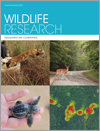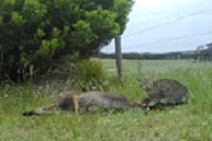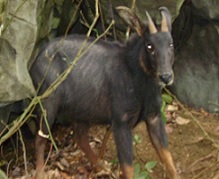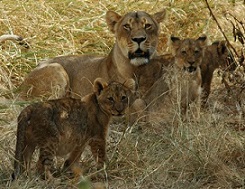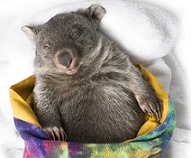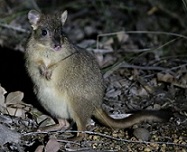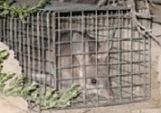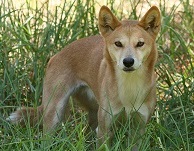
We review the contrasting economic costs and benefits of wild and domestic dogs in Australia and suggest a route to convert humanity’s affinity for domestic dogs into positive outcomes for their wild counterparts and wider biodiversity. We suggest a modest conservation levy that would secure long-term funding of dingo management and conservation, and argue that this should largely be channelled to develop efficacious non-lethal practices. Photograph by Leonie Saville.
WR19030 Abstract | WR19030 Full Text | WR19030PDF (250 KB) Open Access Article


